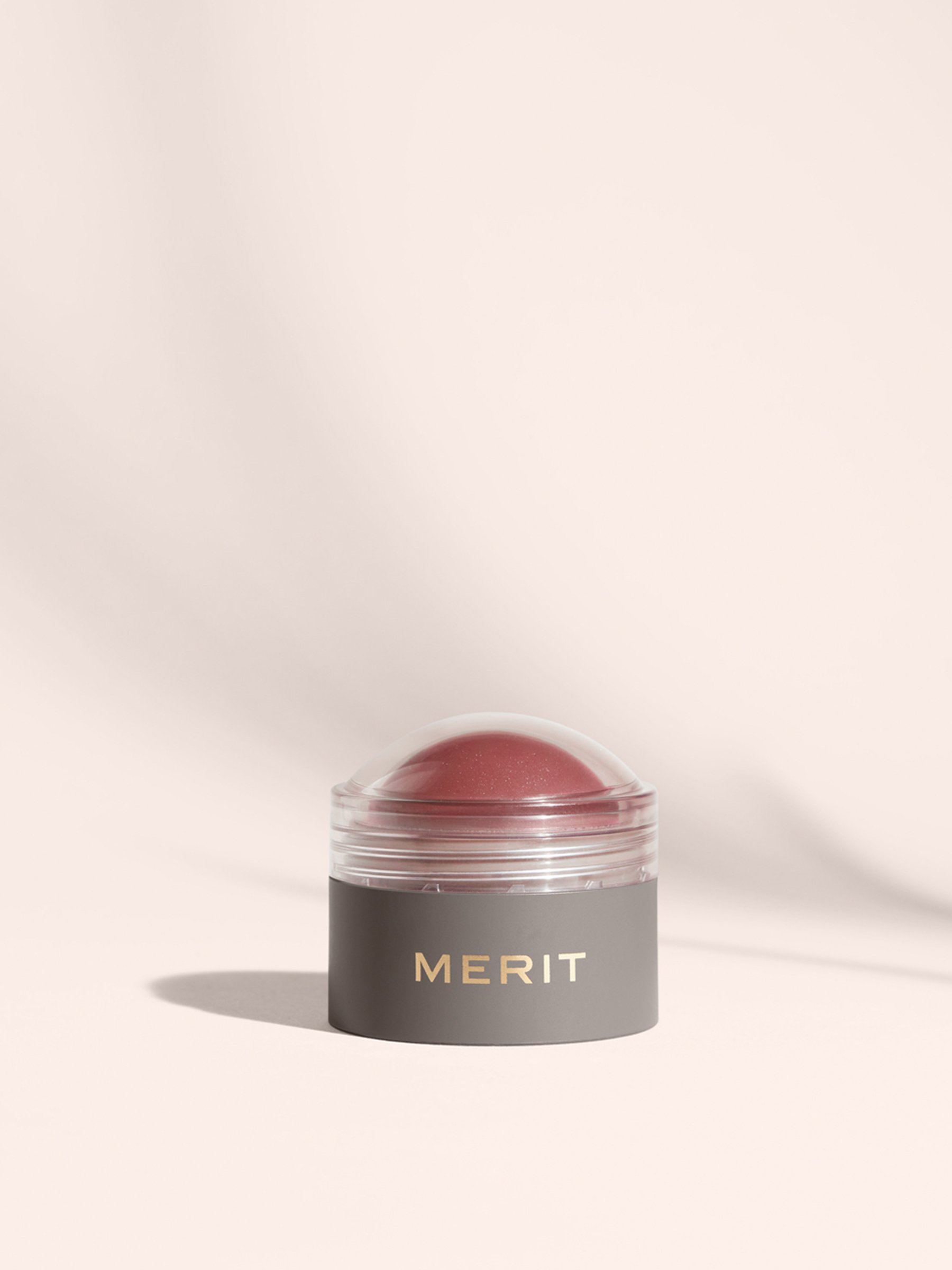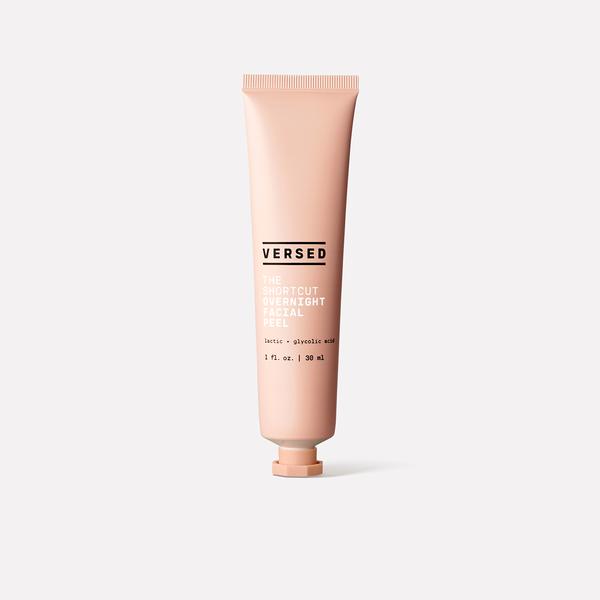Michelle Obama's Stylist Shares How She Won Her Coveted Gig
Welcome to our new podcast, Who What Wear With Hillary Kerr. Think of it as your direct line to the designers, stylists, beauty experts, editors, and tastemakers who are shaping the fashion and beauty world. Subscribe to Who What Wear With Hillary Kerr on Apple Podcasts and Spotify.

In this week's episode of Who What Wear With Hillary Kerr, our co-founder spoke with two of the most inspiring women in the fashion-and-beauty game.
Meredith Koop became a household name after Netflix's release of Michelle Obama's documentary Becoming. The stylist has spent over a decade acting as the fashion advisor to the former first lady. She's been the mastermind behind countless iconic fashion moments, including Mrs. Obama's pantsuit at President Biden's recent inauguration and that Balenciaga-boot moment. She spoke with Kerr about how she fell into her career, how she approaches her unique line of work, why she chooses to work with emerging brands, and her plans for what we might expect from her in the future.
Our second guest needs little introduction. As a founder of not one, not two, not even three, but four companies (including our very own Who What Wear), Katherine Power is a familiar face to readers old and new. Most recently, she launched the minimalist beauty brand Merit. She shares her story of how the brand came to be, why coming up with a clean formula felt vital, and a few tips on launching your own business.
Read on for some highlights from Koop's and Power's interviews that will inspire your week ahead.
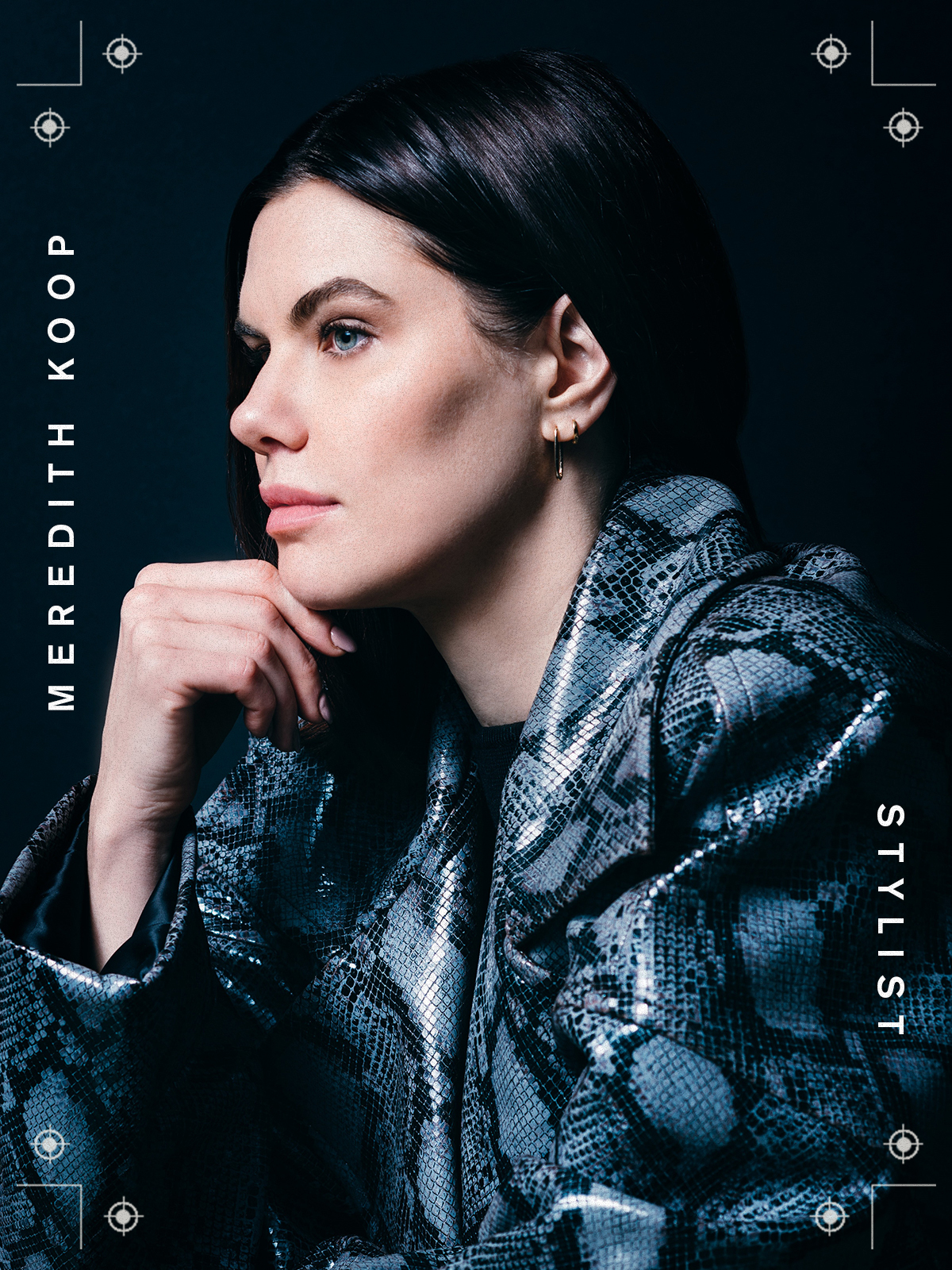
I'm curious if you could talk a little bit about how you started your relationship with Mrs. Obama and the first time that you worked together.
Meredith Koop: So I met Michelle for the first time in Chicago. I met her through a previous employer. I was working after college at a high-end fashion boutique, and through that, I eventually met Mrs. Obama. I really developed that relationship with her over time. It's crazy how time passes, but I guess it's been about 10 years. I started out as an assistant stylist, and then around the end of 2010, I became her main stylist. She was always very gracious with me and, for whatever reason, had a sense of confidence in my skill set and my gifts that I did not have. I kind of borrowed that from her. So when she asked me to get clothing and procure and build on this fashion footprint that she had, I borrowed that confidence to believe that, yes, this is something that I can do. And I'm gonna work as hard as I can to do it the best that I can.
Do you remember one of those early looks that you were responsible for that you finally felt like, "Okay, I'm doing this. I can do this.”
MK: It’s really hard for me—and I know this is probably something a lot of other people feel too. I am such a critic. No person, no troll, no blog, no reporter could ever say something more critical of my work than how I feel, even if everyone's like, "Wow, we love it. It's amazing.” This is a flaw of mine that I have to continuously work on. I will find the thing that's like, "But this could have been better. I should have done this. I should have chosen that belt. I should have made sure that was correct.” Clothing is a very moody medium. It wrinkles and it rips, stretches out, and you're just going, "Could you just behave please? Could you please just stay where I put you?” My personality is always just like, "Okay, how can I do better?” I honestly feel like it wasn't even until toward the end, when she wore that Versace, that I was like, wow, okay. This is probably the closest I've been to feeling like everything worked out exactly as I envisioned it, from the makeup to the earrings to the shoe to the fit to the draping. It’s one of my favorites of all time. It was just such a cool process, and I loved working with that team. It was an awesome, awesome moment.

Pictured: Michelle Obama wearing Versace at the 2016 State Dinner.
So let's talk about another awesome, awesome moment, which was the entirety of Mrs. Obama's 34-city tour for her memoir, which is obviously documented in Becoming, and she talks about how she uses fashion as a tool, to quote her. So tell me about the strategy that went into her image, the fashion, the collaboration process, because that is a tremendous amount of work. Those looks were obviously a little bit freer in that there were some more risks involved. Do you have a favorite of all of them? And is it the Balenciaga?
MK: I really loved that Sergio Hudson suit that she wore in Atlanta. It's just so fun working with him. I really think he's amazing. And yes, I was very excited about those Balenciaga boots. I was really thinking there's no way she's going to go for this. But I was like, okay, let's go. We're doing this. We're in Brooklyn. Let's go. I was very thrilled. During that, though, I was sitting backstage and just watching it on the screen. When you're out in the audience, you're getting a lot of feedback. You're hearing claps, and you're hearing yells, and you're hearing "whoo," but I wasn't hearing anything. So I was just back there going, how is this being received? Not that that's the be-all and end-all, but it was a weird moment because it was such a big, striking look, and I just was sitting in complete silence.

Pictured: Michelle Obama wearing Balenciaga boots during a stop on the book tour for her memoir, Becoming.
Okay, so you work with emerging designers, and you work with very established designers. How do you make that decision about who to go with? Because I can only imagine that everyone in the world wants to dress her. You also hold someone's fortune in your hand. You can make their business with your selections, which is a great power and responsibility and, I would imagine, pressure. So how do you thread that needle?
MK: I do take it very seriously. I take it very seriously. I don't have any hard-and-fast rules. Like I said, I rely a lot on instinct. I try to keep up with what's going on. And that isn't just what's going on in the fashion weeks in New York. It has to be international. I've had to train myself to be on social media more so that I can look for new and emerging designers that aren't necessarily represented in these big events that we're seeing. I really try to just keep up and consider that there are definitely certain people with beautiful stories and people that I want to lift up. And knowing that a lot of people in fashion have come from a lot of resources—nepotism, favoritism—it's very expensive to work in fashion. People are like, "I want to be a designer." Well, just to get your foot in the door, you have to have money to get the fabric, the marketing. God forbid you want to put on a fashion show. All of that is very expensive. So I think that it precludes some very worthy individuals. It's really unfortunate. So if I can just be a small, tiny, tiny, tiny, little part of lifting up someone that maybe is not featured on Vogue.com, etc., I would like to do that. Change the gatekeeping a little bit. Hopefully, something that will make an impact.
Speaking of impact, can we talk about the gloriousness that was Mrs. Obama's look for the most recent inauguration? How did you know that this Sergio Hudson was the right look? And also, I'm interested in your thoughts on the color because you took to social media and gave us such an amazing breakdown of the thinking and process and all of that, but you were very clear that it wasn't purple—it was wineberry plum. So why that color?
MK: I just made that up, but yes, that's the color we're going with. Sergio, like I said, I had worked with him twice before on the book tour. Aesthetic, construction, vision, dressing women with different types of bodies—it's just all there. And it was clear to me when I received that first garment, I was like, oh, okay, yeah, bam, we're good. Working with him was just a true pleasure. With the inauguration upcoming, he was someone that was on my mind, someone that I wanted to work with again.
And one of the things that people don't totally understand is that the inauguration is in January. In Washington, D.C., it's cold. And when I say it's cold, you don't know if it's going to be 10º, 20º, 40º. Is it going to be sunny? Is it going to be overcast? Is it going to be raining? Is it going to be snowing? And is it going to be all of those things? It's a lot to solve for, sitting outside for two hours not moving, just sitting. I don't know the last time I did that, so I'm very sensitive to the fact that we need a really solid coat; we need layers; we need options.
And you know, just looking for a very beautiful coat, when I looked at Sergio's collection, I saw this particular coat that we ended up going with. It just looked beautiful, beautifully constructed. I love the look on the runway with the skirt, but I did want to do pants, so I worked with him. We're on the same wavelength, so it wasn't a difficult process. He sent through sketches. We went with the one we went with, we tailored it, we thought through all the details. There's this whole concept of sewing someone into a garment. You have to check the zippers, you have got to make sure the zipper is the right quality—all of those details make sure that the day of is very calm.

Pictured: Michelle Obama wearing Sergio Hudson at the 59th presidential inauguration.
So obviously, you have an incredible amount of knowledge in the space. What are you going to do next?
MK: Ever since the White House ended, I've been thinking about some of the things that have inspired me and how I want to translate those and how I want to reach an audience with my work and some new things that I have to offer. I've developed a show that I'm hoping will be on a streaming network. It's been really interesting for me because I grew up being a huge fan of House of Style. It was so impactful and so transformative for me. I feel like there is a big opportunity in our content space for new, fresh perspectives on fashion.

You know that I love Merit so, so much. I'm hoping that you can share a little bit about the brand for our listeners, maybe someone who's never heard of it or isn't as familiar as I am.
Katherine Power: Merit has been something that I've been working on for over four years now. When I got pregnant with Sebastian, my son, I went to use all of my normal lip products, and I instantly became nauseous. It didn't matter if it was a lipstick, a lip oil, a lip crayon, scented, unscented—no matter what it was, I would become nauseous. That was the first time that I really thought, "Hey, maybe I need a cleaner product.” I was never the first to run over to the clean aisle or really seek that out because I always wanted my products to work, and I wanted their really beautiful colors that I was used to.
But that was really an eye-opening experience for me. I remember somebody had sent me a collection of these tinted lip balms. They were all-natural, organic. I remember using one and going into a meeting, probably with you, and 30 minutes into it, I thought, "That's so strange. I don't feel anything. I don't feel nauseous, and I feel nauseous every time I put something on my lips.” So it occurred to me that this product was natural or clean or however they were marketing it. So I ran out of the meeting when we were done over to the beauty editors, and I remember asking, "All right, what's the deal here? What's really in lipsticks, and what makes it clean? What do I really need to know because my body is obviously having a chemical reaction of some kind?"
That really was the beginning of my journey in learning more about how cosmetics are made and what makes them clean versus not. It just made me want to go out and buy cleaner products. And as I started to shop, I really felt like I didn't fit in anywhere as a consumer. There were new clean brands popping up, but I didn't necessarily connect with the brands. A lot of them felt like they were geared toward a younger crowd than me or someone who wanted a fuller, heavier makeup look. I really missed the sort of natural-looking brands that I had celebrated and worn for so many years. So I thought, you know, there's got to be a brand that I will have an emotional connection to that will feel like it is my style, that has cleaner products, beautiful colors, makeup that performs.
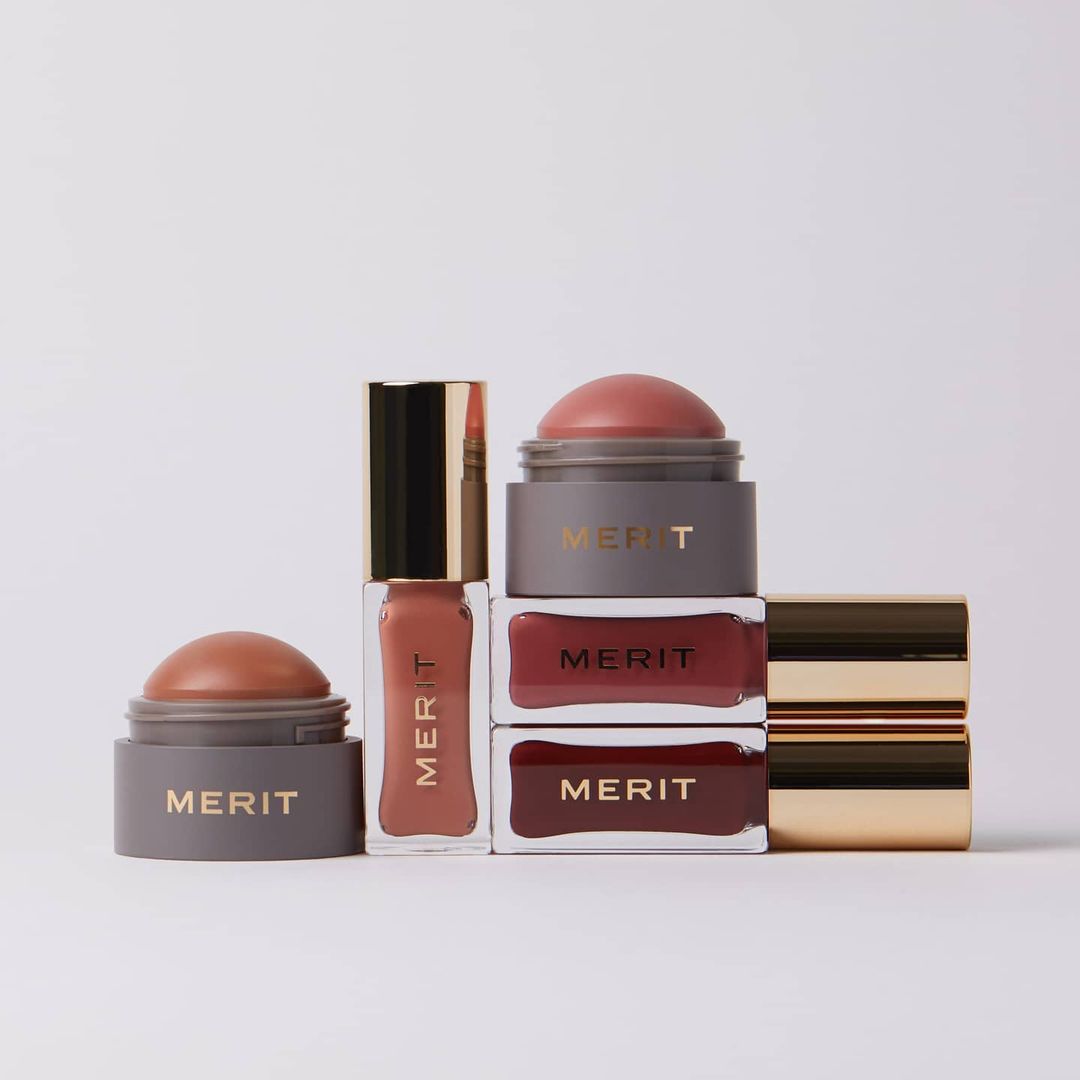
Let's talk about that testing-and-creation process. So you have an idea, but what do you actually do to get it started? And also, you planned on launching this before Versed, right? But that came out first, so what the heck happened there?
KP: Yes. So as I mentioned, I've really been wanting to bring Merit to life for over four years. It started like a lot of our businesses start—from a personal need that I had. The first thing I do when I have an idea for something is try to talk about it. I talk about it to friends, I talk about it to colleagues, and I just start putting it out there and seeing people's reaction to it because I want to get a sense of are other people seeing this white space as well? So once we went out and spoke to everybody and understood that there was an opportunity, we started putting it together. For me, it always starts with with naming the brand. I've said this before about once I give it a name, it starts to take a life of its own. So, Merit came pretty easily. That's one of the hardest things in building a business is choosing a name because it has to represent the brand and feel good, but it also has to be available from a trademark perspective and a web domain perspective and social handles, and it all just fell into place with Merit.
This is your fourth business now. You have Who What Wear; you have your skincare brand, Versed; the clean wine Avaline; and now this your fourth business with Merit. Any learnings this time around? What do you know now that you didn't know in 2006?
KP: I think every single time something launches, we're learning. I think Who What Wear, I've said this before, has been the most amazing business school we could have ever gone through. So now it's just at the point where you're able to expedite the commercial success. You're able to save costly mistakes.
I think I completely agree with you on timing and that everything sort of happens when it's supposed to happen. This is a very common thing in my life where some things will just take longer. I'm a real go-getter, as you know, so I know, when I'm just sort of noodling on something or I'm just taking my time, I know there's a reason for it, and I give myself that time because it always comes out in a better place.
We were going to launch Merit in 2020, in the middle of the year, and with everything going on, it just didn't feel right. Luckily, we were in a position where we could say, hey, let's just start quietly building the community, and let's wait. Let's get out of 2020 and wait till the beginning of 2021. Historically, you're told not to launch a brand in January. It's not the ideal time to do that for consumer-behavior reasons, whatever it is, but for us, it ended up being perfect timing. I’m so happy that we were able to do it in January, which was a slightly more optimistic month. We're all rallied around this idea now that less is more. We've learned over the last 12 months that we don't need much. We became used to our bare nails and our natural hair texture and our eyelash extensions being off. I think it's really set Merit up for success, and I think it's been clear that our customers were just waiting for something like this.
Shop Katherine Power's Brands
These interviews have been edited and condensed for clarity. Next up, check out our first episode, featuring Law Roach and Sergio Hudson.
Ray Lowe is a contributing editor for Who What Wear. She's spent the last decade living in New York, but now that she professionally works from home, she's slowly been going back to her roots by splitting time between NYC and L.A. A year ago, she left a four-year stint as a fashion editor for Refinery29 to explore the freelance life. Nowadays, she does just about everything from penning online articles (for Who What Wear, Refinery29, Elle, Cosmo, and many more) to writing scripts, styling, and finding ways to fuse her love for both Disney and fashion. Her main beat is fashion (trends, emerging brands, affordable finds, you name it), but you may find her dropping in with a beauty story every now and then. As for her personal style, she'd best describe it as a balanced blend of basics and contemporary trends, often with a dash of Mickey Mouse thrown in for good measure. In her spare time, she can be found coddling my pets (a French bulldog and a rescue cat), curating travel itineraries for her friends, scrolling through Instagram for up-and-coming brands, and watching so-bad-they're-good films.
-
 Founder Violette Serrat on How Violette_FR Went From Having a Cult Following to Launching in Sephora
Founder Violette Serrat on How Violette_FR Went From Having a Cult Following to Launching in SephoraSchool is in session.
By Madeline Hill
-
 Stylist Brad Goreski on His Whirlwind Year of Red Carpet Looks for Demi Moore
Stylist Brad Goreski on His Whirlwind Year of Red Carpet Looks for Demi MoorePlus, how he brought body horror to the red carpet.
By Claire Schmidt
-
 The Top Trends From Fashion Month, According to Our Editors
The Top Trends From Fashion Month, According to Our EditorsThere's a lot to keep track of.
By Madeline Hill
-
 The White Lotus Costume Designer Shares How She Puts Together Those Iconic Looks
The White Lotus Costume Designer Shares How She Puts Together Those Iconic LooksPlus, how she got her start in entertainment.
By Madeline Hill
-
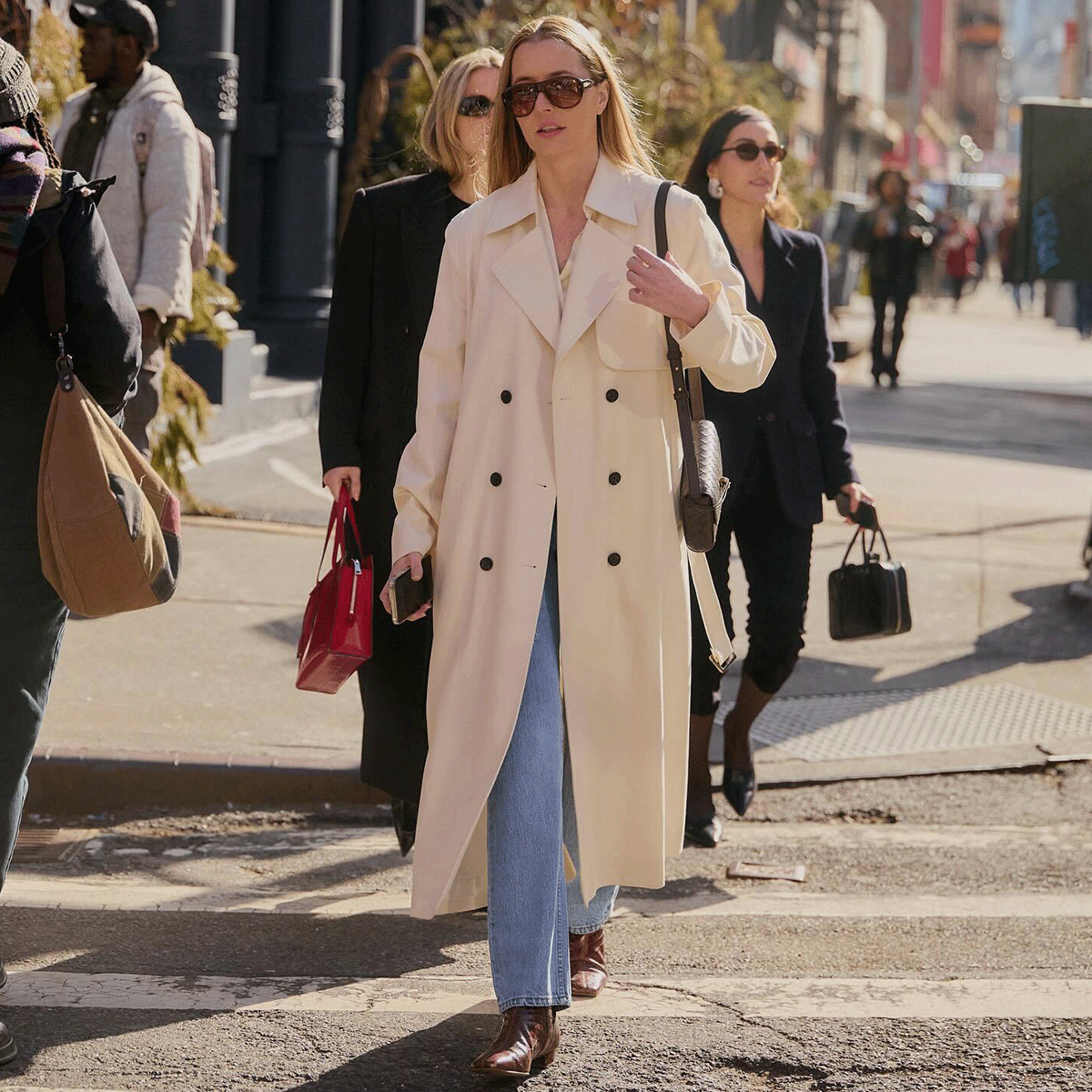 Our Editor Shares Her 2025 Spring Fashion Predictions
Our Editor Shares Her 2025 Spring Fashion PredictionsPlus, the items you can incorporate into your rotation.
By Madeline Hill
-
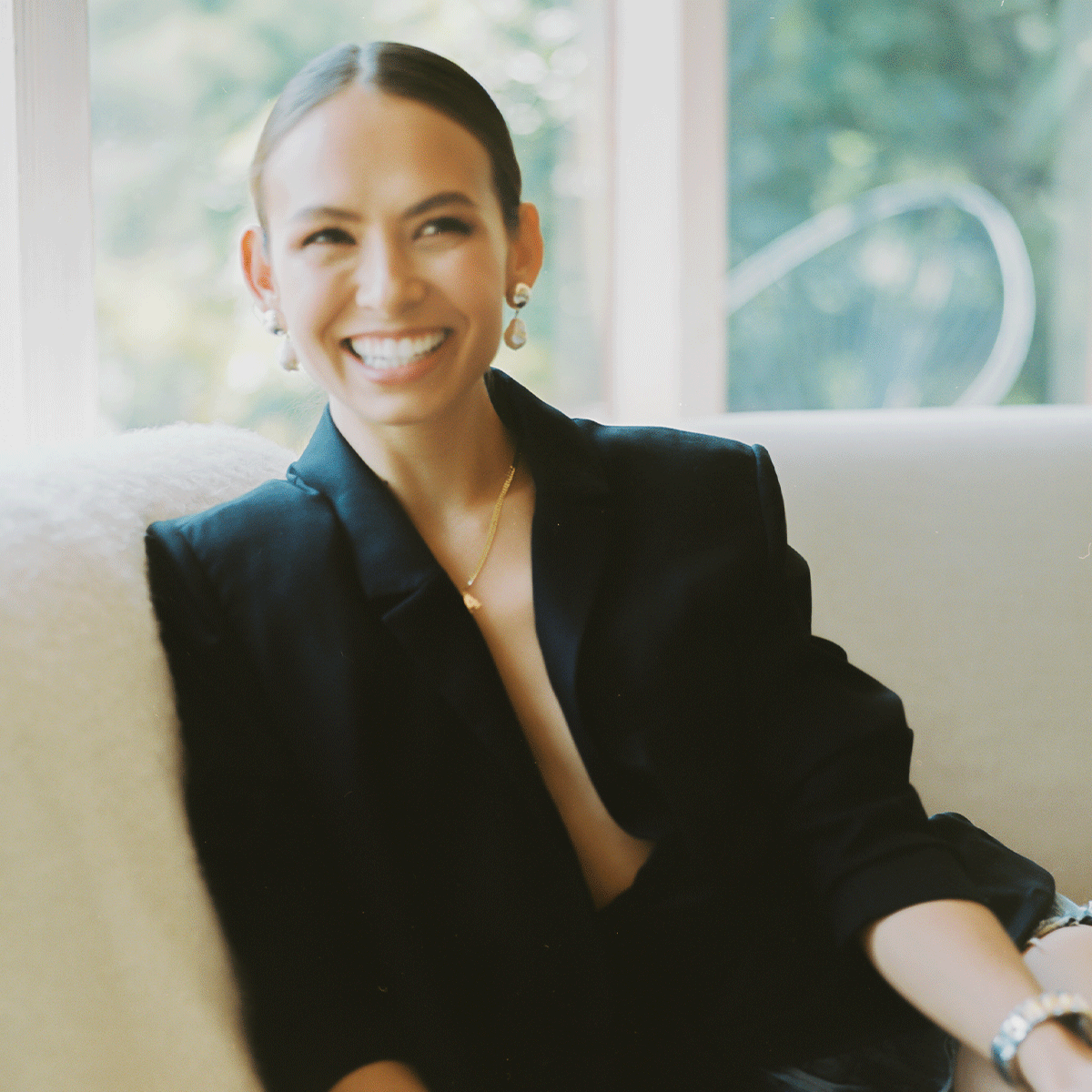 Why Sporty & Rich Founder Emily Oberg Is Launching a Sexual Wellness Line
Why Sporty & Rich Founder Emily Oberg Is Launching a Sexual Wellness LineIt's time for something new.
By Madeline Hill
-
 An Award-Season Debrief With Our Editors, From Trends to Top Looks
An Award-Season Debrief With Our Editors, From Trends to Top LooksPlus, we discuss the stylists who've been at the top of their game all season long.
By Claire Schmidt
-
 2025 Bridal Predictions From the Minds Behind Wiederhoeft and LOHO Bride
2025 Bridal Predictions From the Minds Behind Wiederhoeft and LOHO BrideMaximalism is in.
By Madeline Hill

